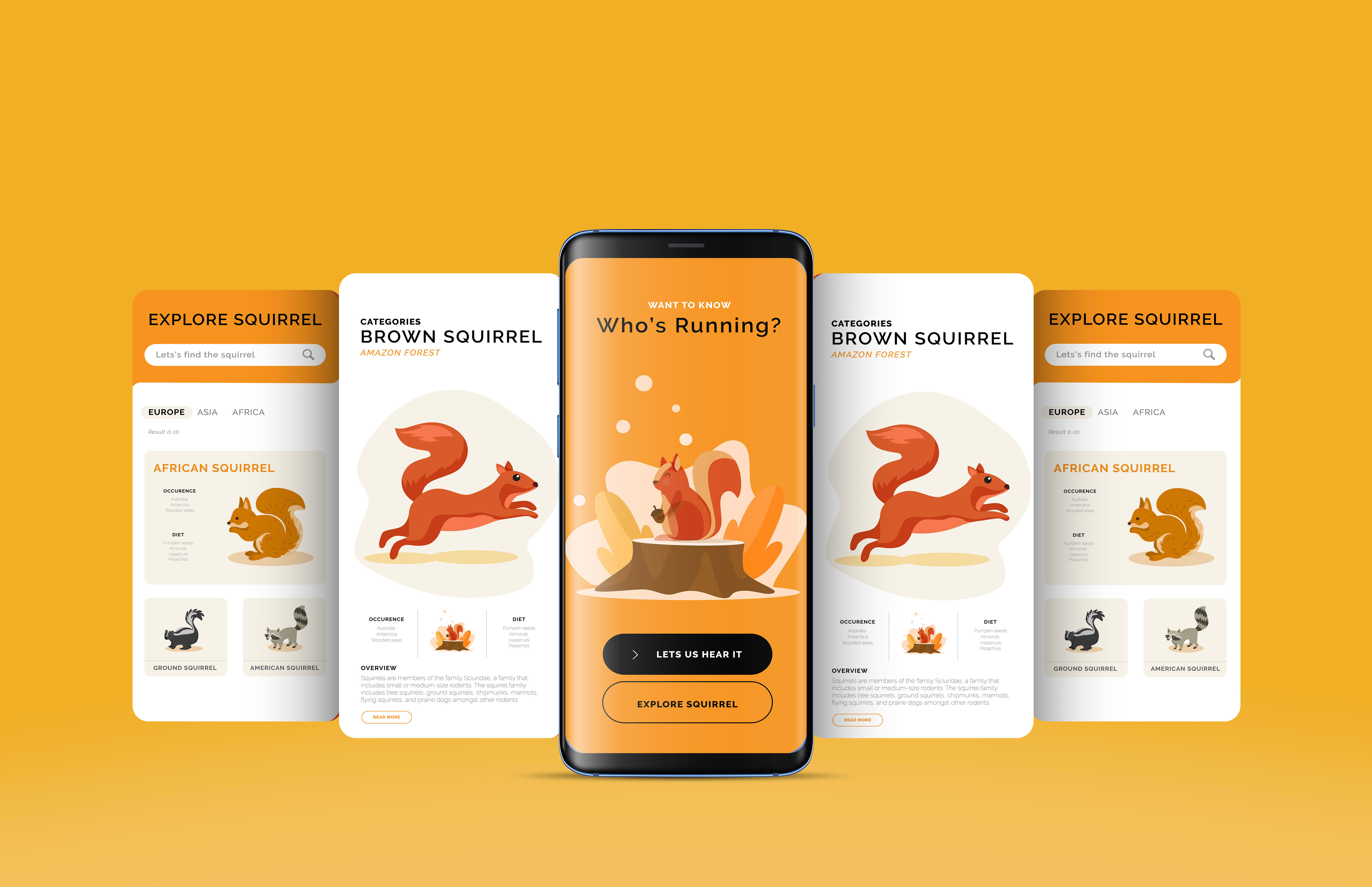
The Impact of Mobile Optimization on SEO: A Comprehensive Guide
Our lives now revolve around our mobile devices, which are also being used more frequently to browse the internet. In fact, more than 50% of all internet traffic is now generated by mobile devices. Businesses now need to optimize their websites for mobile devices due to the change in user behavior. In addition to enhancing user experience, mobile optimization has a big impact on SEO. This in-depth guide will explore how mobile optimization affects SEO and give you practical advice on how to make your website mobile-friendly.
Mobile-First Indexing
Google announced that it would switch to mobile-first indexing for all websites in March 2021. As a result, when indexing and ranking pages, Google will now prioritize mobile versions of websites. The switch to a mobile-first indexing strategy emphasizes how critical mobile optimization is for SEO. If your website is not mobile-friendly, your search engine rankings may suffer.
You should concentrate on producing a responsive design if you want to make sure that your website is prepared for mobile-first indexing. Your website will look fantastic and work properly across all platforms, including desktops, tablets, and smartphones, if it has a responsive design. Make sure your website loads quickly on mobile devices as well. Website speed optimization is essential because mobile users are more likely to leave a mobile website if it takes too long to load.
User Experience
Mobile optimization is not just about making your website look good on mobile devices. It’s also about improving the user experience. Mobile users have different needs and expectations compared to desktop users. For example, mobile users may be on-the-go and looking for quick answers to their questions. They may also have limited data plans or slow internet connections. To ensure that mobile users have a positive experience on your website, you should focus on the following
- Make sure your website is easy to navigate on a small screen. Use a simple and clear layout, with large buttons and easy-to-read text.
- Ensure that your website is accessible to all users, including those with visual or hearing impairments. Use alt tags for images, provide closed captioning for videos, and use a clear and readable font.
- Make sure your website loads quickly on mobile devices. Use compressed images and minimize the number of HTTP requests to speed up load times.
- Ensure that your website is optimized for touch. Use a responsive design that allows users to easily tap on links and buttons, and avoid using elements that require hover actions.
You can improve engagement and lower bounce rates by putting a strong emphasis on the user experience, which will help your SEO.
Local SEO
Mobile devices are often used to search for local businesses and services. In fact, over 50% of mobile searches have local intent. This makes local SEO an important aspect of mobile optimization. To improve your local SEO, you should focus on the following
- Ensure that your website is optimized for local keywords. Include your location in your website’s title tags, meta descriptions, and content.
- Use Google My Business to create a local listing for your business. This will ensure that your business appears in Google’s local search results and on Google Maps.
- Encourage customers to leave reviews on your Google My Business page. Positive reviews can improve your visibility in local search results.
- Ensure that your website is mobile-friendly. Google uses mobile-friendliness as a ranking factor for local search results.
Therefore, mobile optimization is essential for SEO. Businesses that do not optimize their websites for mobile devices may see a decline in their search rankings as a result of the switch to mobile-first indexing. By emphasizing developing a responsive






Sorry, the comment form is closed at this time.